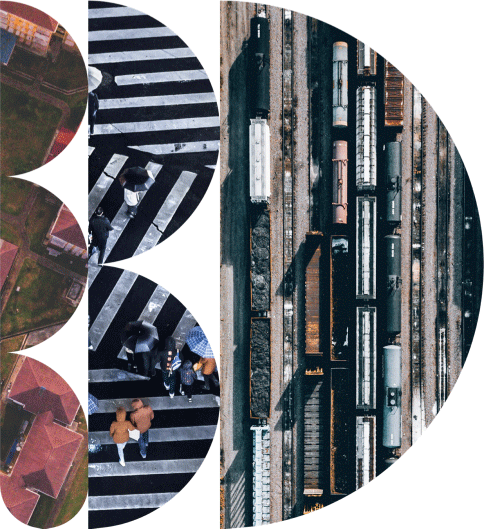
The right tool for the job
saves countless hours, time, and money.
Are you using the right tool for the job? Is your vendor giving you truly vendor-neutral advice or just recommending their own products.
One of the biggest differences between Big Data and small data solutions is the specificity and sheer number of technologies you need to know. When a Big Data solution is architected, the use case needs to be thoroughly understood. Not really understanding the use case is one common cause of project failures.
Three Steps of Architecture Reviews
Step 1: Use Case Evaluation
The first step is to carefully review the project’s use cases. This involves understanding the project’s goals, requirements, and constraints. The reviewer will also look for potential blockers and areas where the project may be difficult to implement.
Step 2: Evaluating Technologies
Choosing right tool for the job can save you countless hours of development time. Choosing the wrong tool for the job can cost you months of development or, worse yet, can make some parts of your use case impossible to implement.
We will evaluate the potential technologies that could be used to implement the project. This review is performed with the team and considers the project’s requirements, the capabilities of the different technologies, and the costs of each technology.
Step 3: Choosing Technologies
This process of choosing a winning technology will need to be repeated for every use case. A simple Big Data architectural stack will use about 10 different technologies. A complex Big Data architectural stack will need 20-30 different technologies.
Many companies that are new to Big Data will attempt to use a single technology for everything. This is a common recipe for project failure. Mature Big Data companies realize the need for the right tool for the job. They will recognize the need to have each technology do the job it was designed for. For example, instead of having one NoSQL database do everything, they will have 3-5 different databases doing specific jobs.
We will clearly communicate the reasons for each technology choice based on the use case and business value created.
Yes, it is that complex and no we’re not exaggerating
Getting each one of the technologies right is a daunting challenge. Unless your team has kept up with the latest changes in Big Data, they won’t know all of the possible technologies for a task. They won’t know which technologies are falling out of usage. They won’t know about the up and coming technologies.
We have the experience of working with hundreds of companies. We’ve learned the pros and cons of using each technology from these companies. We’ve seen the long-term implications of a decision to use one technology or another.


We will review your architecture to verify you’re using the right tools
Big Data Institute reviews your architecture to verify that:
- You are using the right tools for the job
- The chosen technologies don’t make a use case impossible to implement
- You know the pros and cons to every technology choice
All of our technology choices are vendor-neutral.